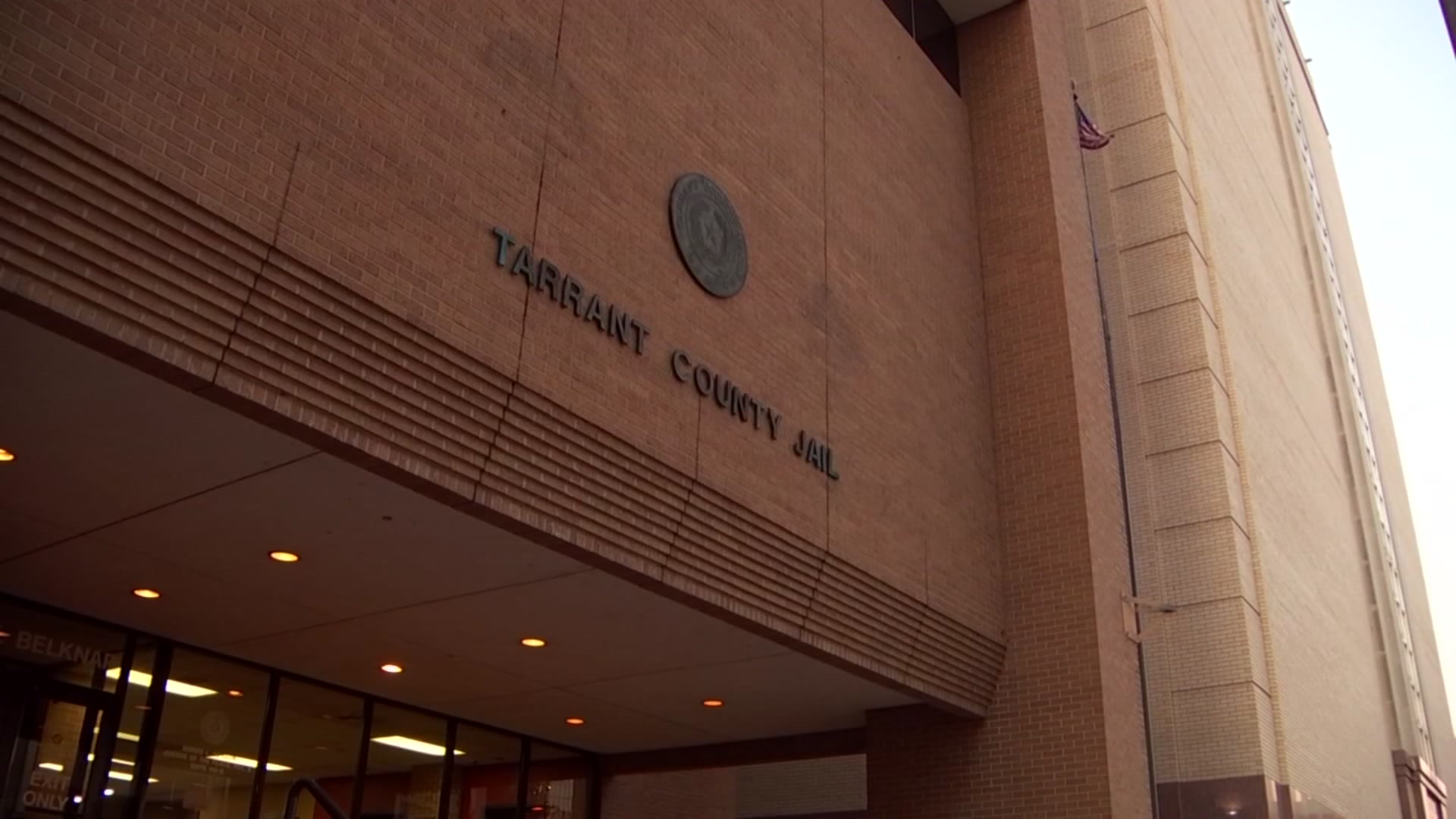The Texas Education Agency will roll out a new accountability system for districts and schools this year that may not bring many immediate surprises but will change how many schools are rated in the long run.
Education Commissioner Michael Williams will release ratings on Thursday using the new system he helped create to better reflect how well schools prepare the state's children for adulthood.
The ratings take into account more than just the STAAR standardized tests, which makes up the first of three indexes to a school's rating. The others include student progress on those tests, the school's pace in closing the performance gap for disadvantaged kids and the student's readiness for life after high school by looking at graduation rates and scores on college placement tests.
Williams called the new accountability system more comprehensive than the previous one and promised it will reward schools that more quickly help low-performing students meet state standards. He said this is particularly important since 65 percent of Texas children are either black or Hispanic and 60 percent come from impoverished household, the most at-risk groups for dropping out of school.
"We're attempting to weight (the closing the gap component) a tad bit greater than the others because of the significance of closing the achievement gap," he said at a media briefing. "In this first iteration it is predominantly ... about STAAR scores, but it will add more components."
Schools and districts will no longer receive the exemplary, recognized, academically acceptable and academically unacceptable ratings, which school administrators complained were unfairly based solely on test scores. For now districts and schools will have either "met standard," "met alternative standard" or "improvement required."
Individual campuses can earn distinctions such as "Top 25 percent: Student Progress," "Academic Achievement: Reading/English Language Arts" and "Academic Achievement: Mathematics." The agency will grant the higher ratings based on exceeding the minimum goals set out in the accountability system.
Local
The latest news from around North Texas.
Beginning in 2016-2017, though, districts will earn an A through F letter grade. The agency did not release any school ratings in 2012.
Shannon Housson, director of performance reporting, declined to preview the results of the new system except to say that by definition 5 percent of schools will not meet the standard for student progress, a new rating index that looks at how much students learned in the past year using STAAR scores.
The four indexes are computed using a complex system of analyzing STAAR test scores and breaking down the results at times by ethnicity, English fluency, disability and family income. Each school is assessed in comparison with 40 other schools or similar size and demographics so that a wealthy school in the suburbs is not compared to a poor inner-city school or a tiny rural campus.
Williams said the goal was to make the ratings more useful for students, parents and teachers in working to improve their schools rather than just a round-up of test scores.



